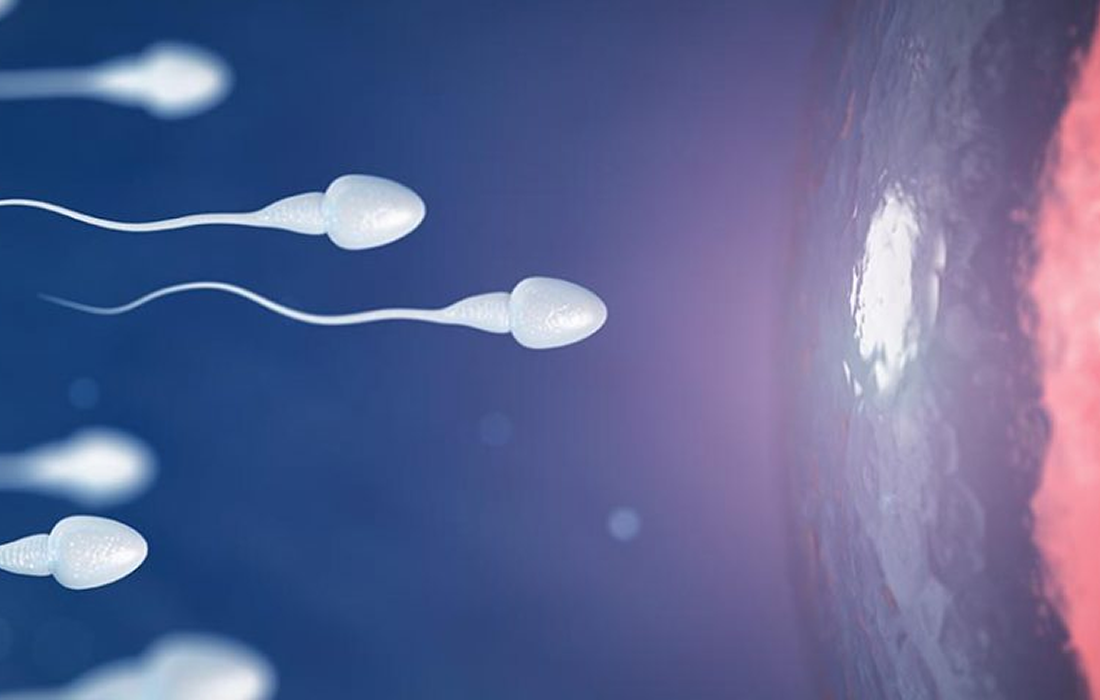Stem Cell Therapy for Specific Conditions
Male infertility and the use of Stem Cells
Nearly 1 in 7 couples is infertile, which means they haven’t been able to conceive a child even though they’ve had frequent, unprotected sexual intercourse for a year or longer. In up to half of these couples, male infertility plays at least a partial role.
Male infertility can be caused by low sperm production, abnormal sperm function or blockages that prevent the delivery of sperm. Illnesses, injuries, chronic health problems, lifestyle choices and other factors may contribute to male infertility.
Globally, up to 15% of couples are unable to have children. In the US, about 6% of married women aged 15-44 years are unable to conceive within a year of trying, and around 12% of all American women aged 15-44 years have difficulty either becoming pregnant or carrying a pregnancy to term.
A CDC study in 2002 found that male infertility caused 7.5% of all sexually experienced men under 45 years to seek help at some point, 14% of whom were diagnosed with sperm or semen problems.
Male infertility often results because meiosis does not happen. Meiosis is a type of cell division that occurs in the precursor germ cells in the testes. Without it, functional sperm cells cannot form.
Scientists have previously generated germ cells from stem cells, but the functionality of the germ cells was not proven, nor was there evidence of all the key hallmarks of meiosis.
Some causes of male infertility can be:
- Varicoceles, when oversized veins on the man’s testicles lead to overheating.
- Diabetes, cystic fibrosis, trauma, infection and testicular failure increase the risk.
- Exposure to chemotherapy, radiation, alcohol, drugs or hormone supplements can contribute.
A team of researchers from Nanjing Medical University has carried out a robust, step-by-step process that not only coaxed embryonic stem cells from mice to turn into functional sperm-like cells, but also injected them into egg cells to produce fertile mouse offspring. They exposed mouse embryonic stem cells to a chemical cocktail that caused the cells to turn into primordial germ cells. Then they exposed the cells to testicular cells, as well as sex hormones such as testosterone, in order to recreate the natural tissue enviroment of the cells.
Under the previously mentioned conditions meiosis happened, producing sperm-like cells with correct nuclear DNA and chromosomal content and when injected into mouse egg cells, embryos developed. They then transferred the embryos into female mice, where they progressed normally and produced healthy, fertile offspring that later gave birth to another generation.
These findings are an important step in understanding the molecular mechanisms of meiosis and how they can be used in a human model in further studies, which one day could become a major development in the treatment of infertility.
Source link: https://www.medicalnewstoday.com/articles/307044

